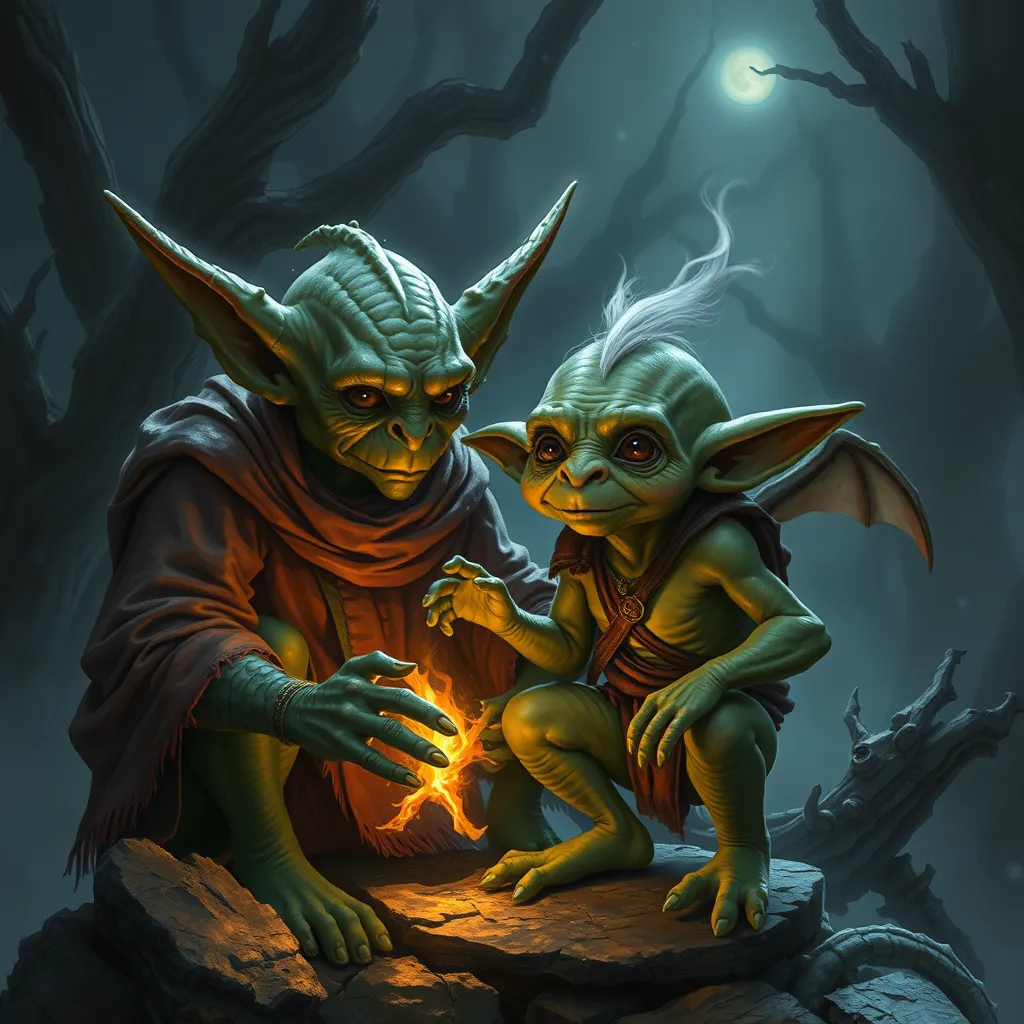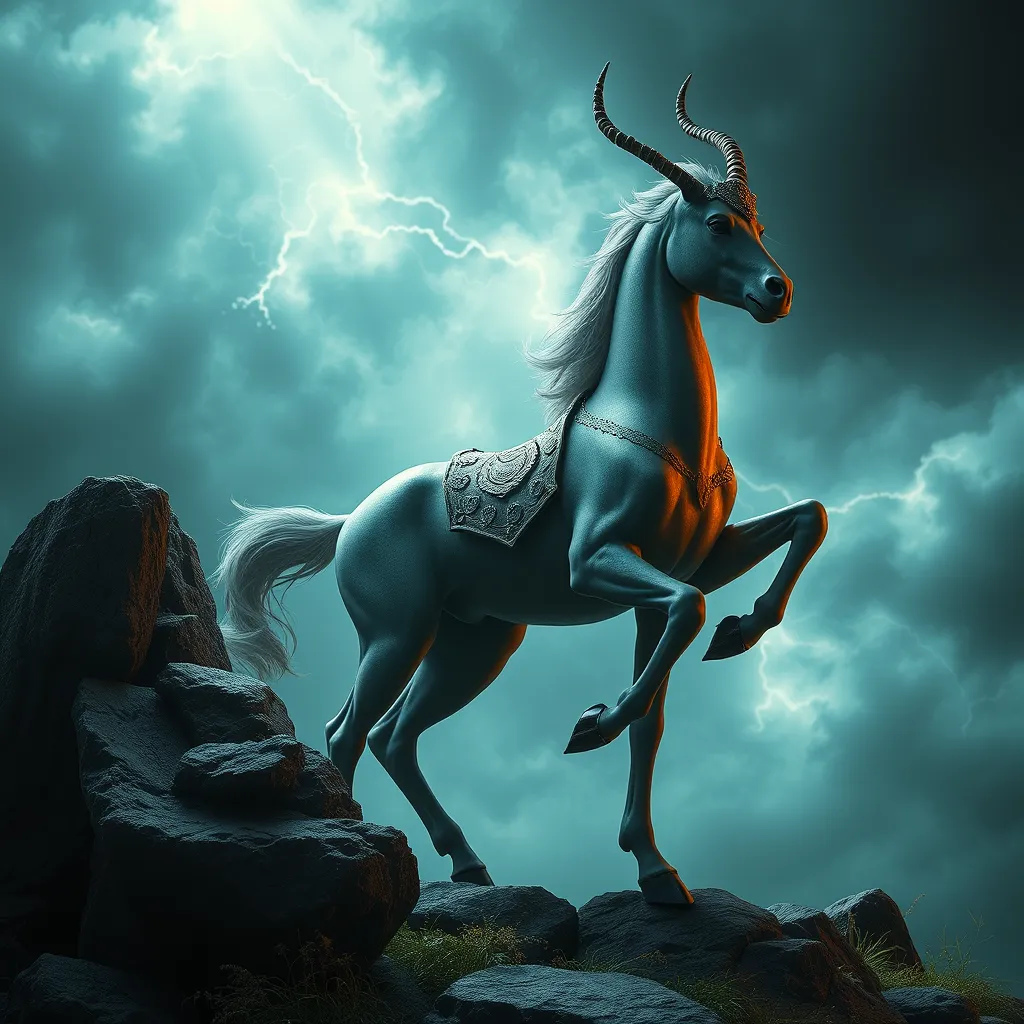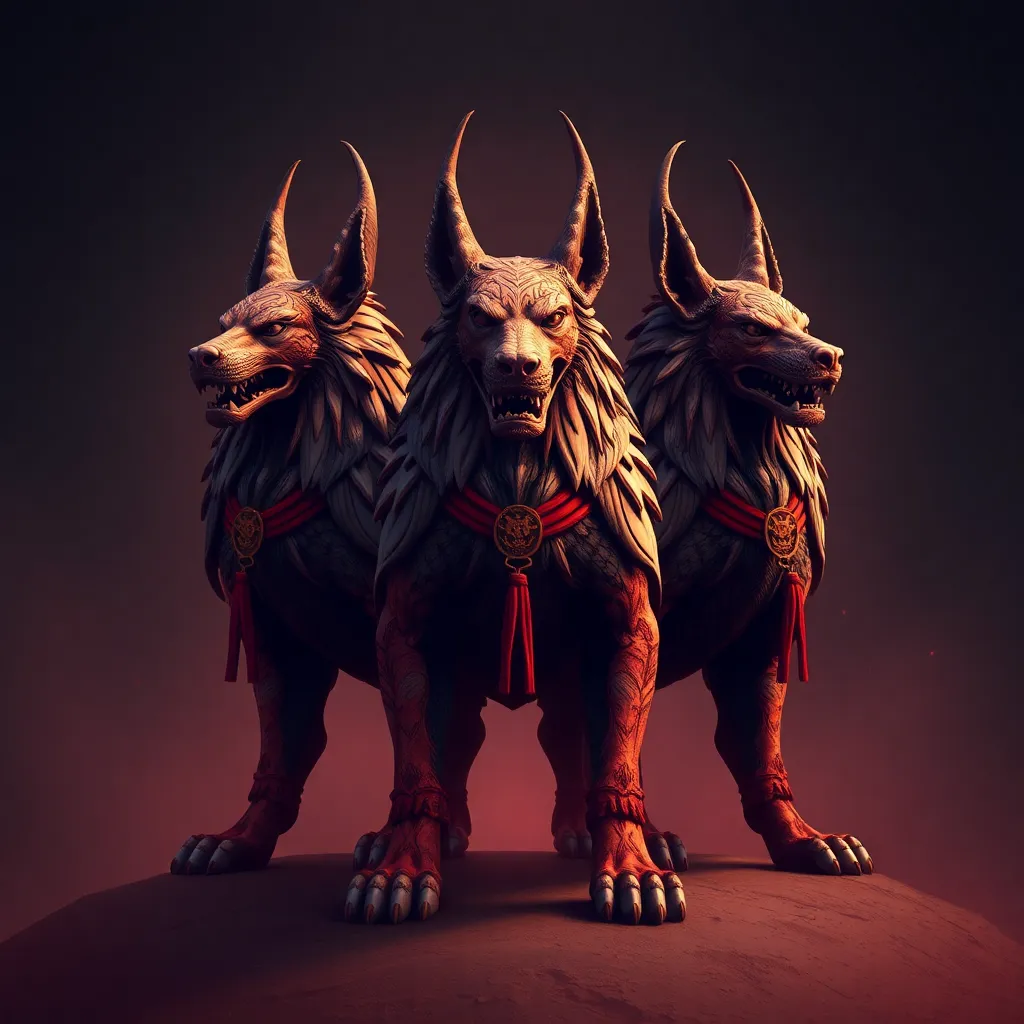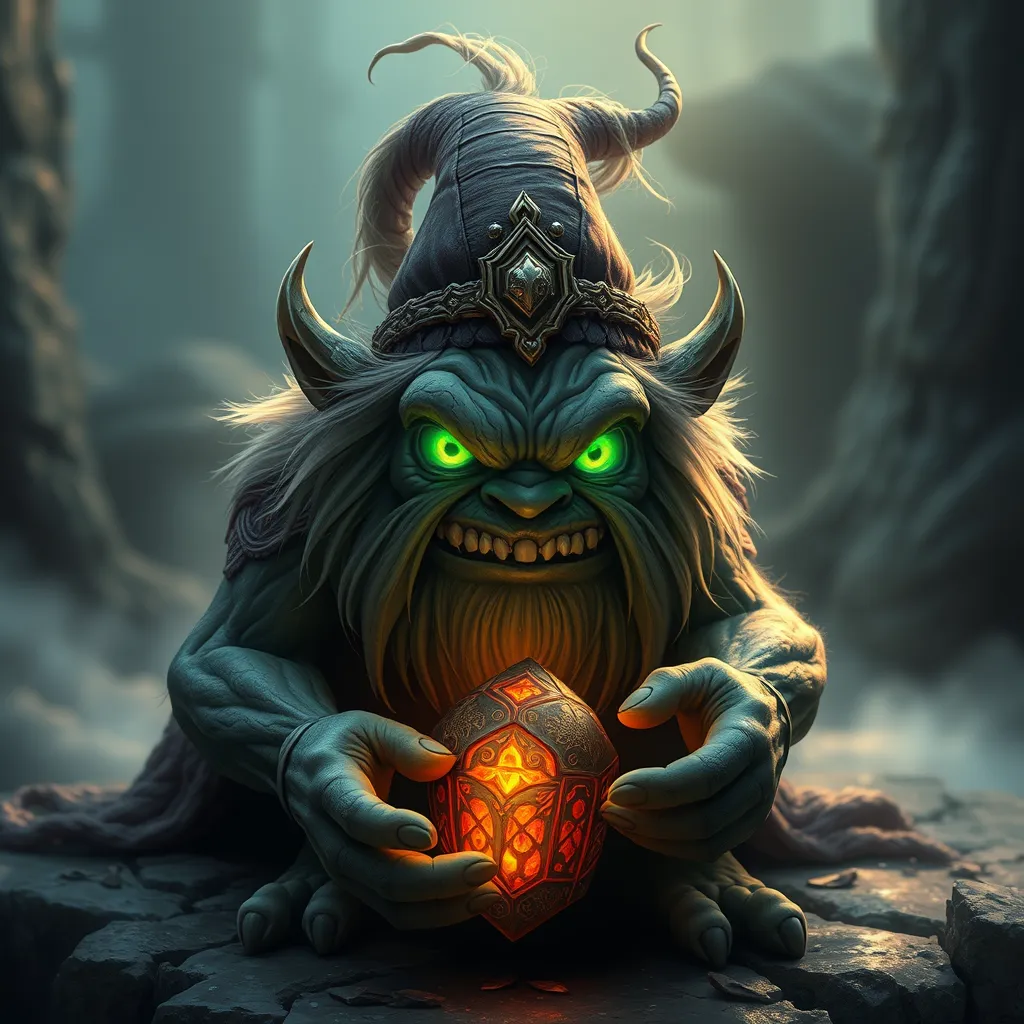Goblin Companionship: The Unexpected Bond Between Man and Goblin
I. Introduction
Throughout history, goblins have been depicted in folklore as mischievous, malevolent creatures often associated with trickery and chaos. These small, humanoid beings have captured the imagination of many, leading to a plethora of stories that portray them as antagonists in the tales of heroes and adventurers. However, recent explorations into the theme of companionship between humans and goblins present a contrasting narrative that highlights the potential for friendship and mutual understanding.
The purpose of this article is to delve into the unique bond that can exist between humans and goblins, challenging the traditional perceptions that have long surrounded these creatures. By examining historical contexts, characteristics, and the emergence of companionship, we aim to uncover the significance of these unexpected relationships.
II. Historical Context of Goblins in Mythology
Goblins have roots in various cultures, with their origins often shrouded in mystery. From the mischievous kobolds in German folklore to the more sinister goblins of English tales, these creatures have evolved over time.
- Origins: The term “goblin” itself is believed to have derived from the Old French word “gobelin,” which emerged in medieval folklore.
- Cultural Variations: Different cultures have their interpretations of goblins; for instance, in Japanese folklore, there’s the “zashiki-warashi,” a spirit that brings good fortune.
Over the years, goblins have been represented in various forms of literature and media, often embodying the traits of deception and trickery. The evolution of their representation highlights a shift from purely villainous roles to more complex portrayals, including that of companions or allies.
Common myths surrounding goblins often depict them as greedy, ugly, and malicious beings. However, as literature evolves, so do the narratives that surround these creatures, leading to a more nuanced understanding.
III. The Nature of Goblins: Characteristics and Traits
Goblins are often characterized by their small stature, pointed ears, and mischievous nature. However, their portrayal goes beyond mere physical attributes.
- Physical Traits: Typically described as small and agile, goblins are known for their greenish skin and sharp features.
- Behavioral Traits: Goblins are often seen as playful yet cunning, exhibiting a range of behaviors from helpfulness to trickery.
In terms of intelligence, goblins possess a unique form of social structure that allows them to thrive in their communities. They have their own customs, folklore, and social hierarchies, which are often overlooked in traditional tales.
Debunking common misconceptions, it’s important to recognize that not all goblins are malevolent. Many stories illustrate their capacity for kindness and loyalty, particularly when it comes to their relationships with humans.
IV. The Emergence of Goblin Companionship
Instances of human-goblin relationships can be found in both ancient folklore and modern narratives. These tales often highlight the unexpected nature of their bonds.
- Folklore Examples: Stories from various cultures depict humans who befriend goblins, leading to mutual respect and cooperation.
- Modern Narratives: Contemporary literature and films have begun to explore deeper relationships, showcasing goblins as loyal companions.
The reasons behind these unexpected bonds can vary, often rooted in shared experiences or the need for companionship. Many stories illustrate how humans and goblins can learn from one another, fostering growth and understanding.
Notable case studies include tales of heroes who, despite initial fear or prejudice, form lasting friendships with goblins, demonstrating the value of overcoming societal expectations.
V. The Benefits of Goblin Companionship
Companionship with goblins offers several emotional and practical benefits for humans.
- Emotional Benefits: Human companions often find solace and comfort in the presence of goblins, who provide loyalty and a sense of belonging.
- Practical Advantages: Goblins often possess unique skills, such as craftsmanship or knowledge of the land, which can be beneficial to their human friends.
- Mutual Growth: The relationship fosters an environment of learning, where both parties can grow and develop from each other’s strengths.
VI. Challenges in Human-Goblin Relationships
Despite the potential for companionship, challenges do exist in human-goblin relationships.
- Societal Perceptions: Stigma surrounding goblins can lead to discrimination and misunderstanding, making it difficult for relationships to flourish.
- Communication Barriers: Differences in language and culture can create misunderstandings, posing challenges in building a strong bond.
- Conflict Resolution: Navigating conflicts requires patience and understanding, as both parties must learn to appreciate each other’s perspectives.
VII. The Role of Goblin Companionship in Modern Society
In contemporary media, goblin companionship has gained newfound attention, often serving as a metaphor for diversity and acceptance.
- Representation: Movies, books, and games increasingly feature goblins as complex characters who can be allies, friends, or even mentors.
- Impact on Diversity: These relationships challenge traditional norms, promoting discussions on acceptance and understanding across different beings.
- The Future: The exploration of human-goblin companionship suggests a potential for richer narratives that embrace unconventional relationships.
VIII. Conclusion
In conclusion, the significance of goblin companionship is profound, offering insights into the nature of friendship and acceptance beyond societal norms. By exploring these unconventional relationships, we encourage individuals to embrace connections that may differ from the traditional. Ultimately, the potential for understanding and friendship across different beings can lead to a more inclusive and empathetic society.



